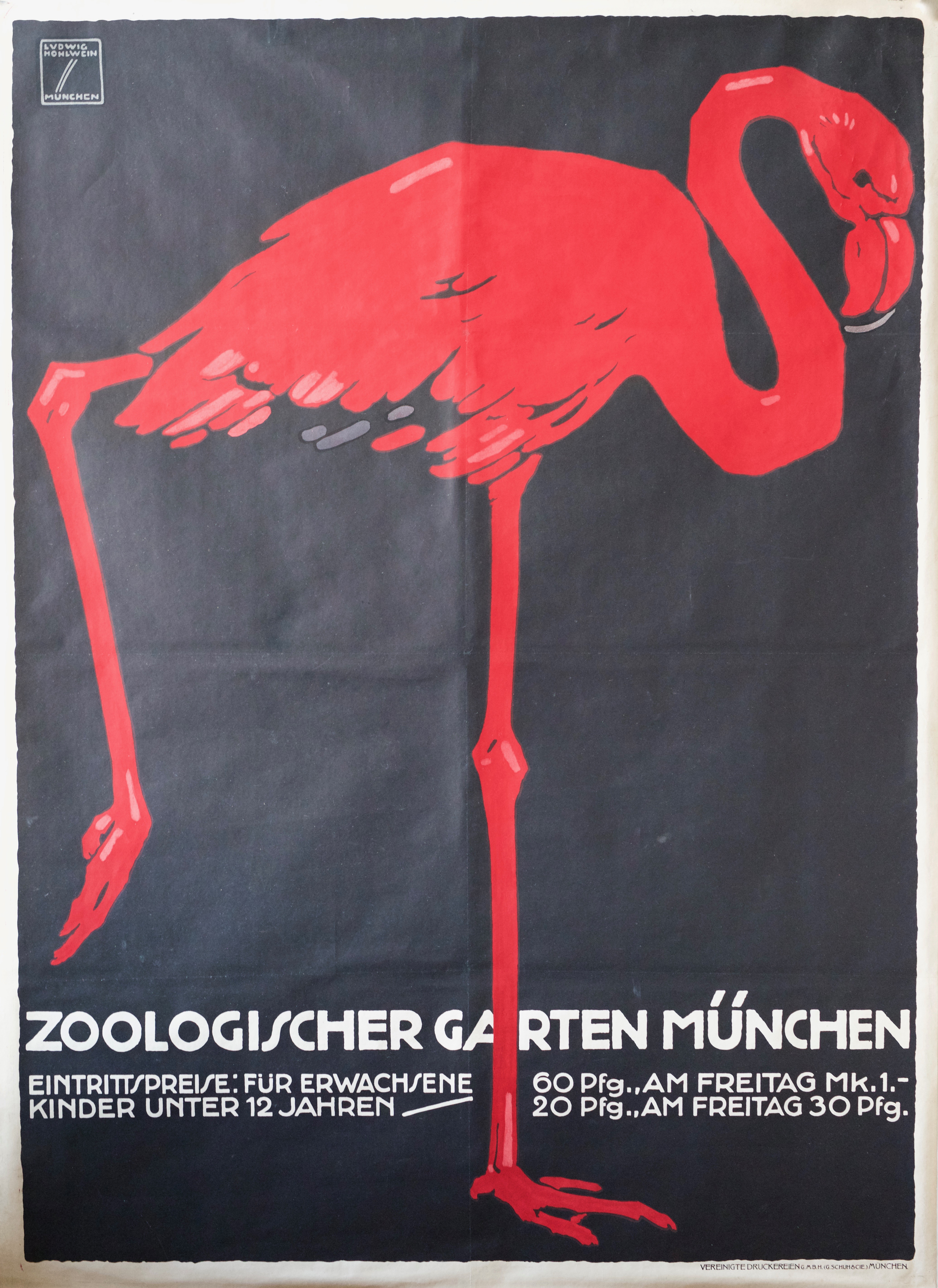Ludwig Hohlwein on:
[Wikipedia]
[Google]
[Amazon]
Ludwig Hohlwein (27 July 1874 in

 During World War II, he was a member of the Nazi party and worked closely with Joseph Goebbels and The Ministry of Propaganda and Enlightenment. And as an ardent nationalist, indicated by his work for the government during both World Wars, he urged other artists to join the effort when Hitler came to power in 1933.
During World War II, he was a member of the Nazi party and worked closely with Joseph Goebbels and The Ministry of Propaganda and Enlightenment. And as an ardent nationalist, indicated by his work for the government during both World Wars, he urged other artists to join the effort when Hitler came to power in 1933.
Collection of posters by Hohlwein
{{DEFAULTSORT:Hohlwein, Ludwig 1874 births 1949 deaths German graphic designers German poster artists Olympic competitors in art competitions Nazi Party members
Wiesbaden
Wiesbaden () is a city in central western Germany and the capital of the state of Hesse. , it had 290,955 inhabitants, plus approximately 21,000 United States citizens (mostly associated with the United States Army). The Wiesbaden urban area ...
– 15 September 1949 in Berchtesgaden) was a German poster artist, a pioneer of the ''Sachplakat
Plakatstil (German for "poster style"), also known as ''Sachplakat'', was an early style of poster art that originated in Germany in the 1900s. It was started by Lucian Bernhard of Berlin in 1906. The common characteristics of this style are bold e ...
'' style. He trained and practiced as an architect in Munich until 1911, when he moved to Berlin and switched to poster design.
Early years
Hohlwein was born in theRhine-Main
The Rhine-Main Metropolitan Region, often simply referred to as Frankfurt Rhine-Main, Frankfurt Rhine-Main area or Rhine-Main area (German: ''Rhein-Main-Gebiet'' or ''Frankfurt/Rhein-Main'', abbreviated FRM), is the second-largest metropolitan re ...
region of Germany, though he and his work are associated with Munich and Bavaria
Bavaria ( ; ), officially the Free State of Bavaria (german: Freistaat Bayern, link=no ), is a state in the south-east of Germany. With an area of , Bavaria is the largest German state by land area, comprising roughly a fifth of the total lan ...
in southern Germany. There were two schools of "Gebrauchsgrafik" in Germany at the time, North and South. Hohlwein's high tonal contrasts and a network of interlocking shapes made his work instantly recognizable.
Career
He travelled to the United States in the 1920s to conduct commercial work. A large portion of his work dates to 1912-1925. His style usually consists of sharply defined forms, bright colors, a good portion of humor and textured patterns. By 1925, he had already designed 3000 different advertisements.
 During World War II, he was a member of the Nazi party and worked closely with Joseph Goebbels and The Ministry of Propaganda and Enlightenment. And as an ardent nationalist, indicated by his work for the government during both World Wars, he urged other artists to join the effort when Hitler came to power in 1933.
During World War II, he was a member of the Nazi party and worked closely with Joseph Goebbels and The Ministry of Propaganda and Enlightenment. And as an ardent nationalist, indicated by his work for the government during both World Wars, he urged other artists to join the effort when Hitler came to power in 1933.“May the best among us realize fully the significance of what is at stake and their own responsibility, and may we labor creatively and with conviction at the preservation of our cultural civilization and its restoration to perfectly healthy conditions.”"Holhwein’s posters for Nazi Germany are the most dramatic examples of National Socialist realism." His work was also part of the art competitions at the 1932 Summer Olympics and the 1936 Summer Olympics.
Recognition
Poster historianAlain Weill
Alain Weill (born 6 April 1961) is a French business executive. He is the founder, chairman of the board and chief executive officer of NextRadioTV (which includes BFM TV and Radio Monte Carlo) and Chairman and CEO of SFR Group.
Early life
Al ...
comments that "''Hohlwein was the most prolific and brilliant German posterist of the 20th century... Beginning with his first efforts, Hohlwein found his style with disconcerting facility. It would vary little for the next forty years. The drawing was perfect from the start, nothing seemed alien to him, and in any case, nothing posed a problem for him. His figures are full of touches of color and a play of light and shade that brings them out of their background and gives them substance''"Weill, Alain, ''The Poster a Worldwide Survey and History'', G K Hall, 1985,
References
External links
Collection of posters by Hohlwein
{{DEFAULTSORT:Hohlwein, Ludwig 1874 births 1949 deaths German graphic designers German poster artists Olympic competitors in art competitions Nazi Party members